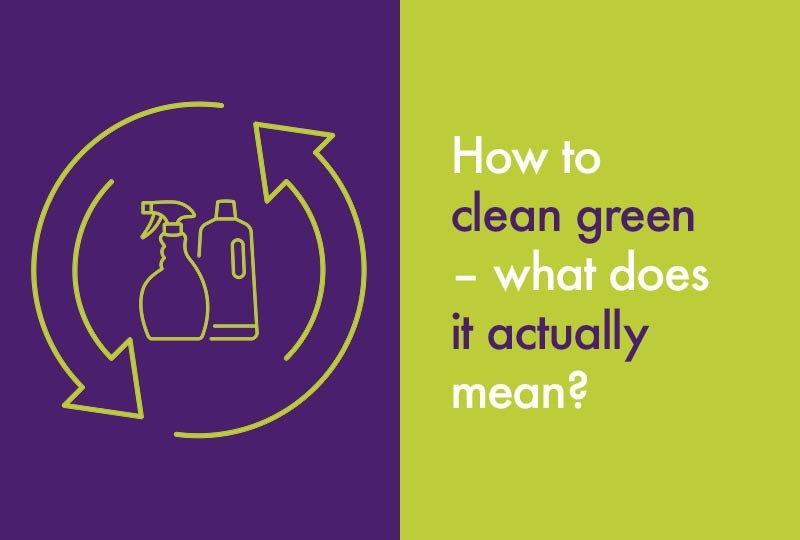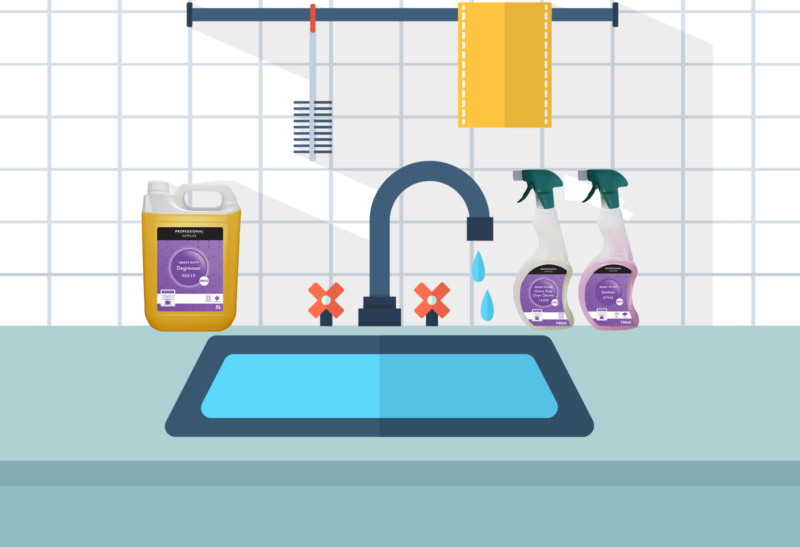In the busy lives we lead today, both at home and at work, cleaning is often one of those jobs that’s squeezed in at the end of the day. Often meaning the cleaning products we use are not on the top of our agenda when thinking about how to reduce our carbon footprint or minimise damage to the planet.
But in fact by using green cleaning chemicals we can have a direct impact on minimising harm done to aquatic life. So how do we do this?
Biodegradability
This is the cleaning product’s equivalent of our footprints left in the sand. We have been taught that when you go on a hike or to the beach that you only want to leave your footprints behind and nothing else!
The cleaning product equivalent of this, is to leave nothing behind on a surface or on the water, which is measured through biodegradability.
This can sound complicated but it really isn’t! So the first way to clean green, is to use a cleaning product that will biodegrade completely within a short time frame, within 28 days (based on international OECD test 301).
Packaging
The way the products are packaged is also really important to think about. For commercial cleaning products, these should be as concentrated as possible. For example 14969 BioVate Multi Purpose cleaner 1.5 litre pouch uses 90% less plastic than a jerry can and makes 275 spray bottles, hugely reducing the carbon footprint and plastic waste generated.
How to reduce
By the same token, by using a commercial dishwasher can reduce its environmental footprint by using a super concentrated detergent such as 14970 BioVate Machine Detergent, which only uses 1 to 1.5ml per wash, 75% less than a conventional detergent, emitting chemicals back into the water circulation. This combined with complete biodegradability within 28 days can make a big difference.
User impact
Another thing to think about is the impact the product has on you as the user! Generally chemical products that are marked as corrosive, could damage your skin, your eyes or both, if used without gloves. A green cleaning product should not be classified as an irritant to skin or corrosive in its diluted state.
Probiotic cleaning
Did you know that green chemicals could also be plant waste from the farming process, such as wheat chaff or lactic acid. Bacteria have been nature’s cleaners since the beginning of time and recently these naturally occurring cleaners, have become a natural way of cleaning, particularly areas such as floors, showers and drains. These probiotics are from the same bacteria family used in probiotic drinks, such as Yakult, these products are essentially like Yakult for your floors!
Look out for probiotic cleaning with bacteria and enzymes when you’re looking for an authentically green product. The new Biovate range is an example of products that are formulated using this type of technology.
In summary it’s really easy to clean green!
If you want to find out more about green cleaning, why not get in touch with one of our Category Support Specialists who can provide invaluable support and guidance on what products would be suitable for your establishment or visit our website for the full product range: www.bidfoodcateringsupplies.co.uk
Hungry for more? Read more of our related blogs here:
What is the next generation of food packaging?
5 examples of innovative products with sustainable features
5 handy tips to reduce your plastic usage



